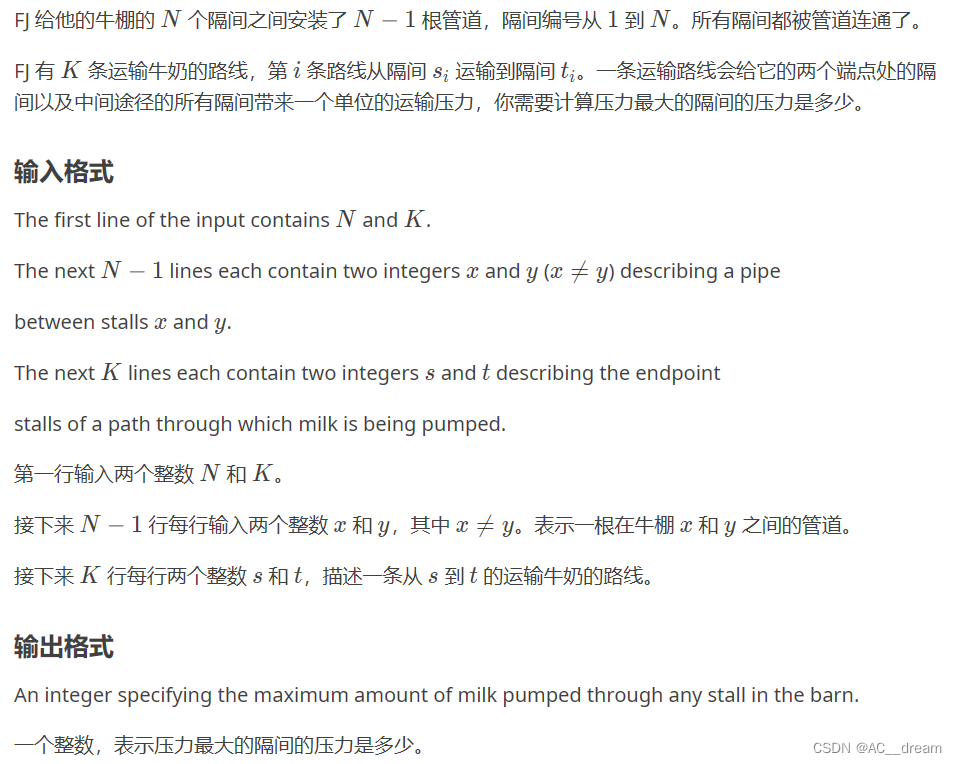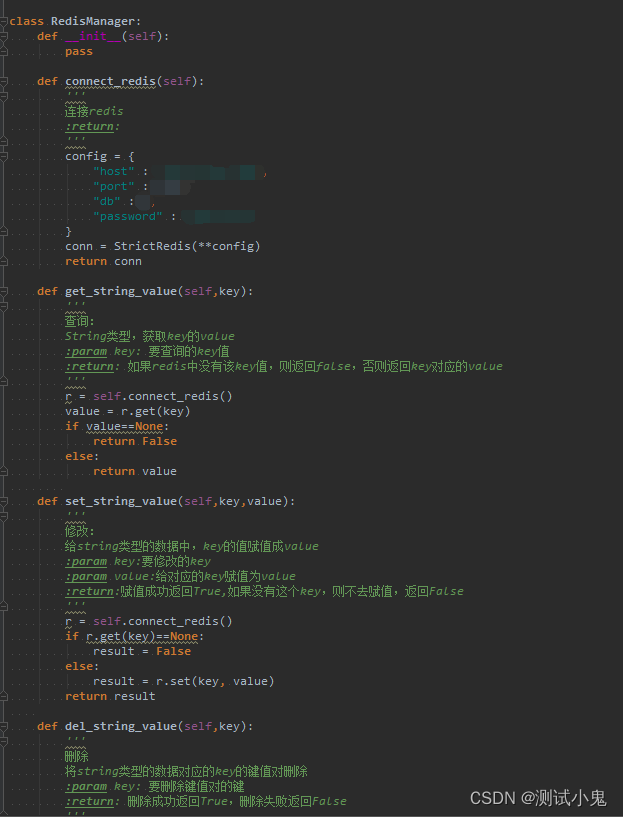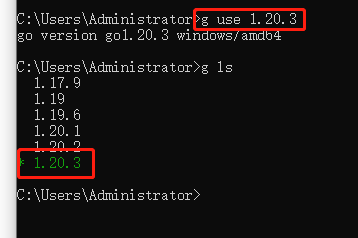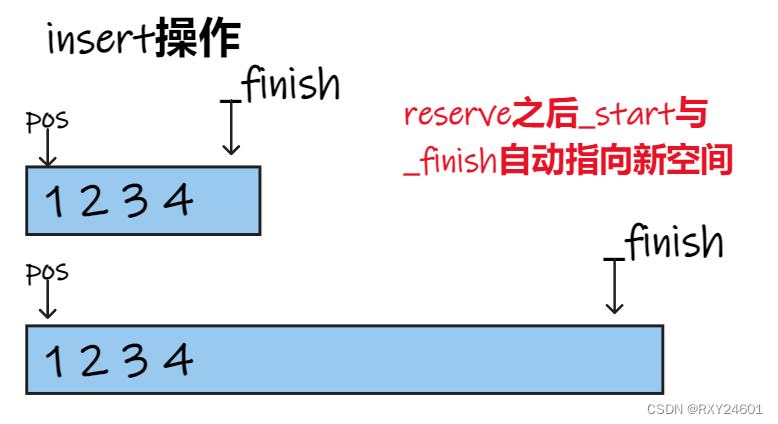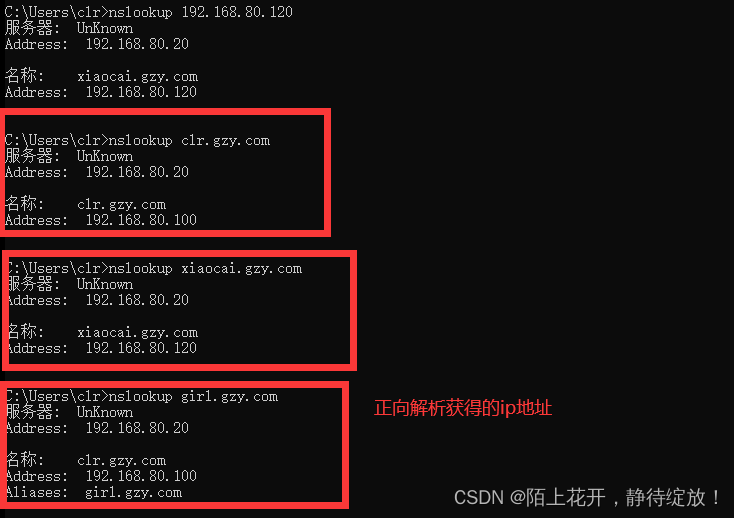文章目录
- 1.题目描述
- 2.原题链接
- 3.思路分析
- 4.代码实现
1.题目描述
请你仅使用两个队列实现一个后入先出(LIFO)的栈,并支持普通栈的全部四种操作(push、top、pop 和 empty)。
实现 MyStack 类:
- void push(int x) 将元素 x 压入栈顶。
- int pop() 移除并返回栈顶元素。
- int top() 返回栈顶元素。
- boolean empty()
如果栈是空的,返回 true ;
否则,返回 false 。
2.原题链接
Leetcode225. 用队列实现栈
3.思路分析
1 . 这道题利用队列先进先出的特性来实现栈 ,使用用两个队列
2. 保证一个队列为空 ,另一个队列存放size个数据 ,
如何实现栈的Pop?
将有数据的队列中的size-1个数据放进另一个空队列 ,然后将剩下的数据Pop,那就有一个问题,如何判断哪个队列为空?
定义两个变量 , emptyQ (空队列 ) , nonemptyQ( 不是空队列) 。假设q1 为空队列, q2 不为空队列 ( q1 ,q2 为两个队列 )。如果q1为空队列, q2 不为空队列,则假设成功 , 如果q1不为空队列, q2 为空队列,则假设失败 ,就将q2变为空队列 , q1 变为非空队列
如何实现栈的Push ?
如果 有队列不为空 ,就往该队列插入数据 , 哪个队列不为空 ,就往哪个队列插入
如何实现栈的Empty ?
两个队列为空即栈为空
4.代码实现
这道题使用的结构体比较多 ,我们画图辅助理解相应的细节 : 图中的QNode* head 、QNodetail , 分别对应下面代码中的 Queue head 、Queue* tail
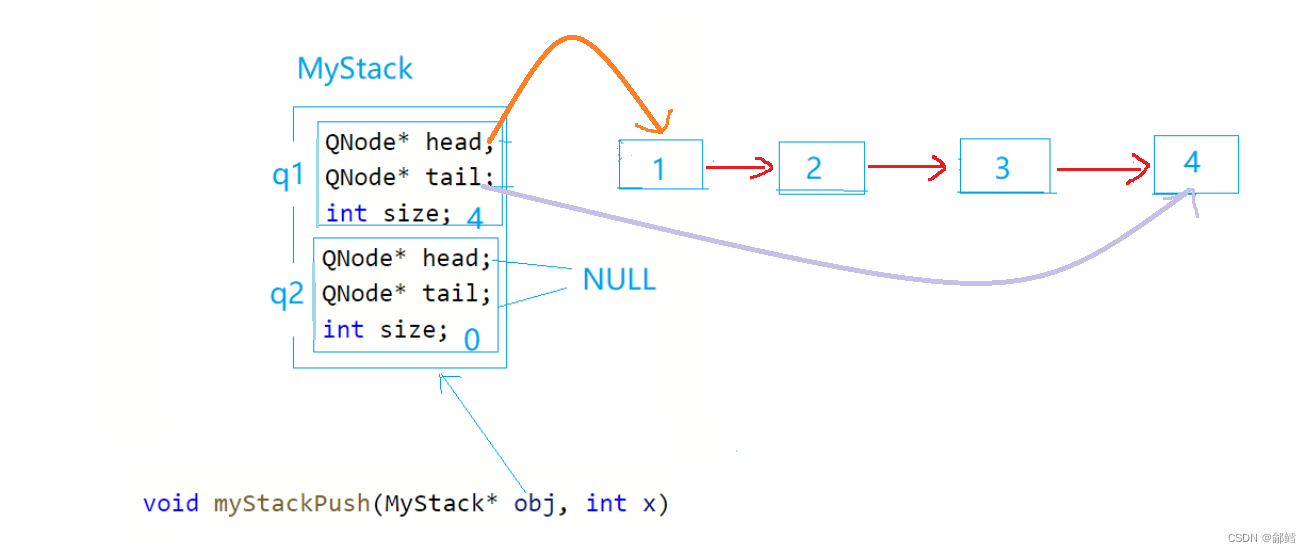
typedef int QueueNodeTypeData;
typedef struct QueueNode
{
struct QueueNode* next;
QueueNodeTypeData data;
}QueueNodeType;
typedef struct Queue
{
QueueNodeType * tail; // 队尾
QueueNodeType * head; //队头
int size;
} Queue; // 链式结构:表示队列
void QueueInit(Queue* pq); // 初始化
void QueueDestory(Queue* pq); //队列的销毁
void QueuePush(Queue* pq , QueueNodeTypeData x ); // 队尾入队列
void QueuePop(Queue* pq); //队头出队列
int QueueSize(Queue* pq);//获取队列中有效元素个数
bool QueueEmpty(Queue* pq); // 判断队列是否为空
QueueNodeTypeData QueueFront(Queue * pq); //获取队列头部元素
QueueNodeTypeData QueueBack(Queue * pq); //获取队列尾部元素
void QueueInit(Queue* pq)
{
assert(pq);
pq->head = pq->tail = NULL;
pq->size = 0;
}
void QueueDestory(Queue* pq) //队列的销毁
{
assert(pq);
QueueNodeType * cur = pq->head;
//遍历
while (cur)
{
QueueNodeType* next = cur->next; //保存下一个节点的地址
free(cur); //释放当前节点
cur = next;
}
pq->tail = pq->head = NULL;
pq->size = 0;
}
void QueuePush(Queue* pq, QueueNodeTypeData x) // 入队
{
assert(pq);
QueueNodeType* newnode =(QueueNodeType*) malloc( sizeof(QueueNodeType) );
if (newnode == NULL)
{
printf(" malloc fail");
exit(-1);
}
newnode->data = x;
newnode->next = NULL;
//扩容成功
//第一次入队
if ( pq->head == NULL)
{
assert(pq->tail == NULL); //pq->head ==NULL , pq->tail != NULL ,就是出问题了
pq->tail = pq->head = newnode;
}
else //非第一次入队
{
pq->tail->next = newnode; // 类似尾插
pq->tail = newnode; // 更新tail 指针
}
pq->size++;
}
void QueuePop(Queue* pq) //队头出队列
{
assert(pq);
assert(pq->head != NULL);
//只有一个节点
if (pq->head->next == NULL)
{
free(pq->tail); //出队
pq->tail = pq->head = NULL;
}
// 多个节点
else
{
QueueNodeType* next = pq->head->next; // 保存下一个节点的地址
free(pq->head); // 出队
pq->head = NULL;
pq->head = next; //更新pq->head ,往后走
}
pq->size--;
}
int QueueSize(Queue* pq)//获取队列中有效元素个数
{
assert(pq);
return pq->size;
}
bool QueueEmpty(Queue* pq)
{
assert(pq);
return pq->head == NULL ;
}
QueueNodeTypeData QueueFront(Queue* pq) //获取队列头部元素
{
assert(pq);
assert(!QueueEmpty(pq)); //防止队列为空
return pq->head->data;
}
QueueNodeTypeData QueueBack(Queue* pq) //获取队列尾部元素
{
assert(pq);
assert(!QueueEmpty(pq)); //防止队列为空
return pq->tail->data;
}
typedef struct
{
Queue q1 ;
Queue q2 ;
} MyStack;
MyStack* myStackCreate()
{
MyStack * pst = (MyStack *)malloc ( sizeof( MyStack));
if( pst == NULL)
{
perror( "malloc fail");
return NULL ;
}
//初始化两个队列
QueueInit(&pst->q1);
QueueInit(&pst->q2);
return pst ;
}
void myStackPush(MyStack* obj, int x)
{
//q1 不为空 ,插入数据
if( !QueueEmpty(&obj->q1))
{
QueuePush( &obj->q1 ,x);
}
else //q2 不为空 ,插入数据
{
QueuePush( &obj->q2 ,x);
}
}
int myStackPop(MyStack* obj)
{
//假设q1 不为空队列 ,q2 为空队列
MyStack* empty = &obj->q2;
MyStack* nonempty = &obj->q1;
if( !QueueEmpty(&obj->q2)) // q2 不为空队列 ,q1 为空队列 ,假设失败,重新假设即可
{
empty = &obj->q1 ;
nonempty = &obj->q2 ;
}
//将有数据的队列中的size-1个数据放进另一个空队列
while ( QueueSize(nonempty)>1)
{
QueuePush( empty , QueueFront(nonempty));
QueuePop(nonempty);
}
//Pop将剩下的一个数据
int top = QueueBack(nonempty);
QueuePop(nonempty);
return top ;
}
int myStackTop(MyStack* obj) //返回栈顶元素
{
//q1 为空 返回 q2的队尾元素
if( !QueueEmpty(&obj->q2))
{
return QueueBack(&obj->q2) ;
}
else //q2 为空 返回 q1的队尾元素
{
return QueueBack(&obj->q1) ;
}
}
bool myStackEmpty(MyStack* obj)
{
return QueueEmpty(&obj->q1) && QueueEmpty(&obj->q2) ;
}
void myStackFree(MyStack* obj)
{
QueueDestory( &obj->q1);
QueueDestory( &obj->q2);
free( obj);
}
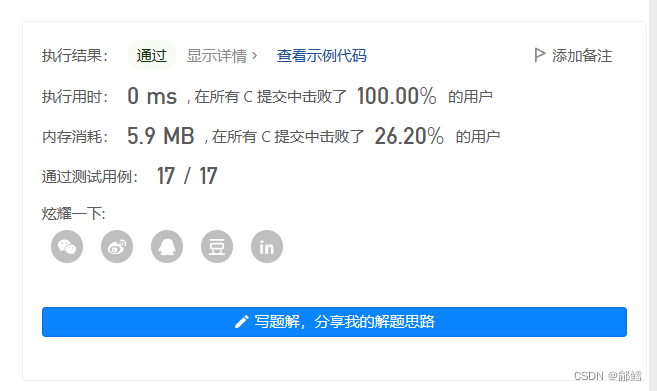
如果你觉得这篇文章对你有帮助,不妨动动手指给点赞收藏加转发,给鄃鳕一个大大的关注
你们的每一次支持都将转化为我前进的动力!!
